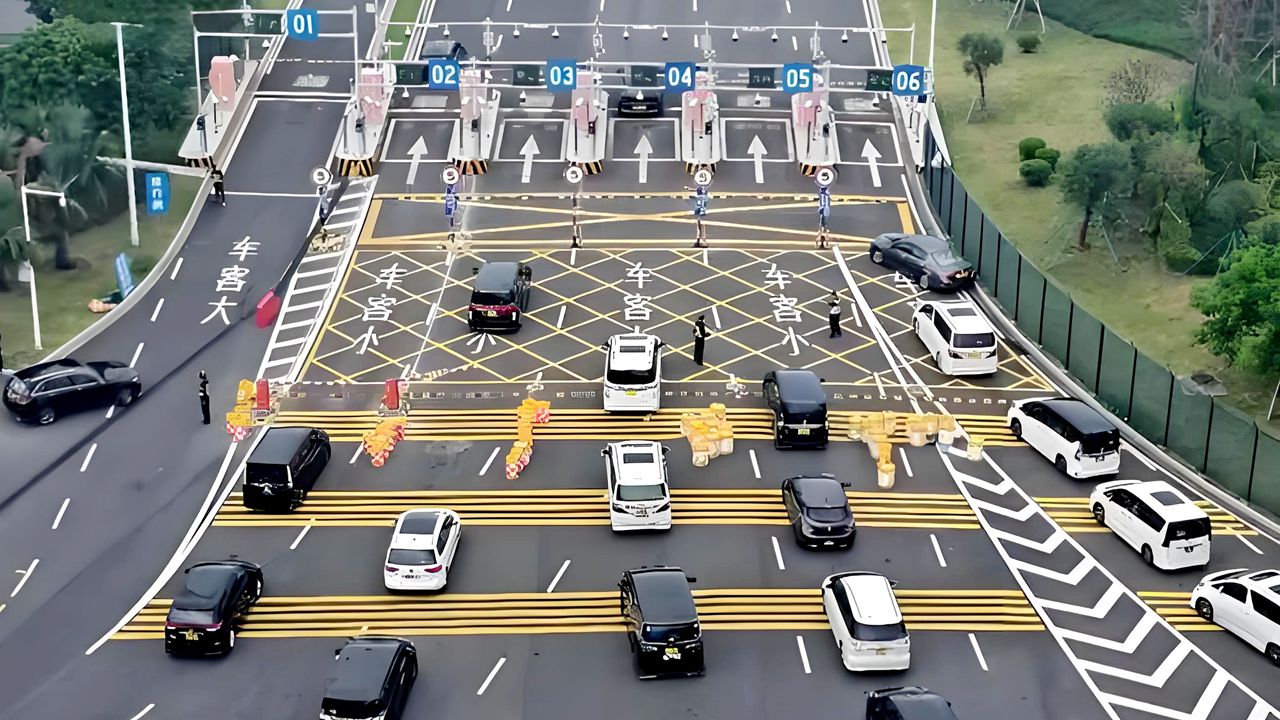Policy sparks surge in bridge traffic
Writer: Tang Li | Editor: Nie Lumeng | From: Shenzhen Daily | Updated: 2024-07-09
The Hong Kong-Zhuhai-Macao Bridge, a significant infrastructure project connecting Guangdong Province with Hong Kong and Macao, has experienced a notable increase in traffic since Hong Kong-registered vehicles were permitted to travel north to the Chinese mainland.
As of Sunday afternoon, over 1 million vehicles with single plates from Hong Kong have crossed the border via the Hong Kong-Zhuhai-Macao Bridge. The monthly growth rate averages 33.8%, showing a consistent upward trend month by month.
Implemented on July 1, 2023, the “northbound travel for Hong Kong vehicles” policy mandates that Hong Kong’s single-plated vehicles must pass through the Zhuhai checkpoint at the Hong Kong-Zhuhai-Macao Bridge. This measure has offered Hong Kong residents a more convenient means to access mainland China, enabling them to immerse themselves in the diverse culinary, cultural, and lifestyle experiences available on the mainland.

Northbound Hong Kong vehicles at the Hong Kong-Zhuhai-Macao Bridge. File photo
The policy has garnered enthusiastic responses from Hong Kong citizens, with statistics from the border control department indicating that in the first six months of the year, the checkpoint at the bridge broke passenger and vehicle flow records six times. On average, daily transit for vehicles with single plates from Hong Kong and Macao reached 7,800, with over 42,000 passengers from Hong Kong and Macao collectively, representing 56% and 60.9% of the total flow, respectively. This year, the monthly average number of northbound trips made by Hong Kong vehicles exceeded 110,000, reaching a peak in June with over 130,000 trips, marking a 17-fold increase since the policy’s initiation.
“The substantial growth reflects a robust demand. For the Guangdong-Hong Kong-Macao Greater Bay Area, the ‘northbound travel for Hong Kong vehicles’ policy not only boosts popularity but also creates opportunities, fostering economic integration within the Greater Bay Area and providing solid support for regional technological innovation and industrial upgrades,” stated Zheng Yongnian, the dean of the School of Public Policy at the Chinese University of Hong Kong, Shenzhen.
The border control department remains committed to improving customs clearance processes, simplifying registration protocols, fostering data sharing, and enabling online application and record-keeping for northbound Hong Kong vehicles. In collaboration with the Zhuhai government, the department is intensifying efforts to enhance the efficiency of the bridge’s checkpoint.
It is anticipated that by the year’s end, the capacity for small passenger vehicles in a single direction during peak hours at the checkpoint will rise from 950 trips per hour to over 1,500 trips per hour, a traffic capacity boost of more than 50%.